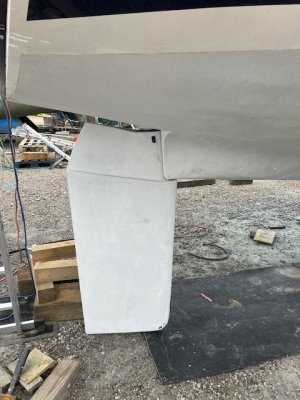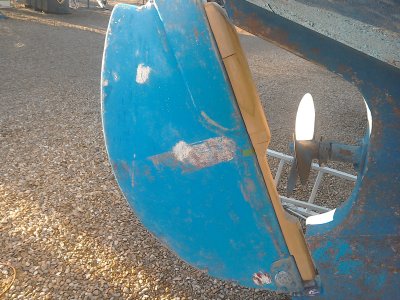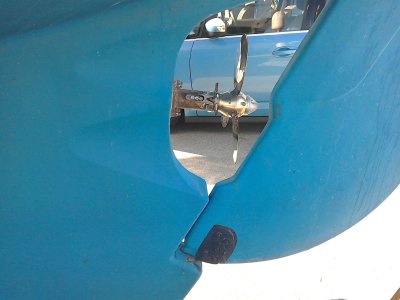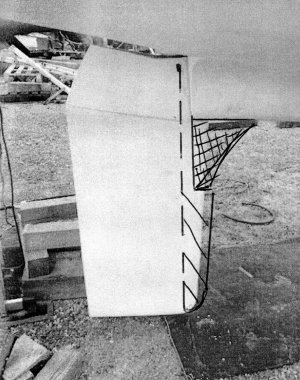Birdseye
Well-known member
My potter about in retirement boat is a bilge keel. A good Steven Jones design but with one irritating characteristic - poor directional stability.
I have been windering it I can improve this by adding some balace to the rudder forward of the shaft. Or maybe a skeg which would be reasonably easy given that the hull just in front of the rudder is flat.
The piccie shows the rudder and it you look carefully you can see two black marks which show the line of the rudder stock and gives an idea of how little is in front of the stock and how much behind it.

So are there any design gurus on here who can get their brains behind such issues as centre of effort etc.
I have been windering it I can improve this by adding some balace to the rudder forward of the shaft. Or maybe a skeg which would be reasonably easy given that the hull just in front of the rudder is flat.
The piccie shows the rudder and it you look carefully you can see two black marks which show the line of the rudder stock and gives an idea of how little is in front of the stock and how much behind it.

So are there any design gurus on here who can get their brains behind such issues as centre of effort etc.
Last edited:



